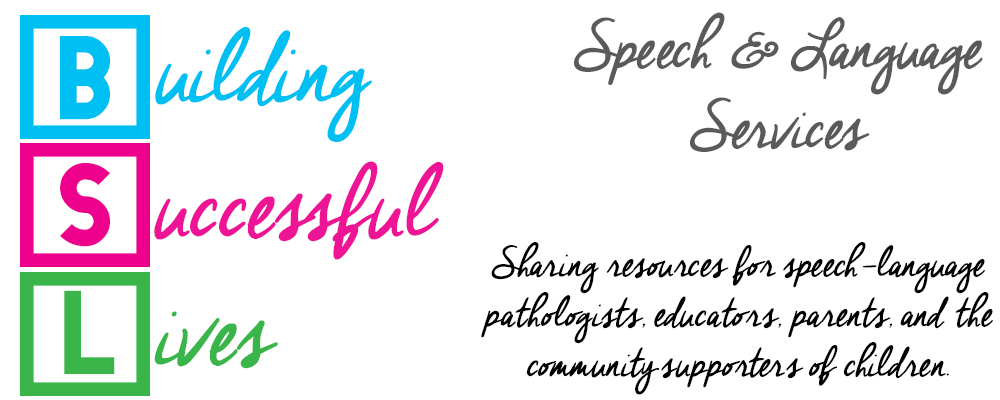The new year, 2015 will be here before you know it. 2014 has been a great year for me!! It marks my 10th year of living in Atlanta, GA and working as a pediatric speech-language pathologist. Wow! I really can't believe that these years have gone by sooooo fast. I LOVE working with children with special needs!!! I look forward to many more years to come of enriching the lives of children with various communication, developmental, and learning disorders.
Building Successful Lives. This is what all SLPs do every day through our awesome job as a SLP! We teach children how to build language comprehension, oral language, correctly pronounce sounds, speak fluently, and effectively communicate with others. This only scratches the surface of the positive influence that SLPs have on the children and families that we serve.
Building Relationships. This is what all SLPs do as we equip children with the skills they need to communicate and interact with their family, peers, teachers, and others in their community. We teach them how to observe social cues and problem solve in a highly social world. SLPs also build relationships with parents, educators, OTs, and PTs as we all work towards a common goal of enriching the lives of children with special needs.
Building Hope. SLPs are skilled at speaking with parents who are still trying to digest that their child has a communication disorder, hearing loss, developmental disability, and/or learning disability. SLPs empower parents to understand how they play a role in assisting their children achieve communication and language goals. We know how to share evaluation results while highlighting a child's strengths, areas of needs, and speech/language goals.
On those extremely hectic days of speech/language therapy sessions, IEP meetings, staff meetings, RTI, report writing, and a million other tasks, remember that SLPs Build Successful Lives!
I look forward to seeing my fellow SLPs at ASHA! Leave a comment to let me know if you'll be there. Thanks!
Keep scrolling down to read my previous 2 entries to enter the giveaway for progress monitoring tools. The winners will be announced on Thursday! :)
Keep scrolling down to read my previous 2 entries to enter the giveaway for progress monitoring tools. The winners will be announced on Thursday! :)
Tamara Anderson
BSL Speech & Language







